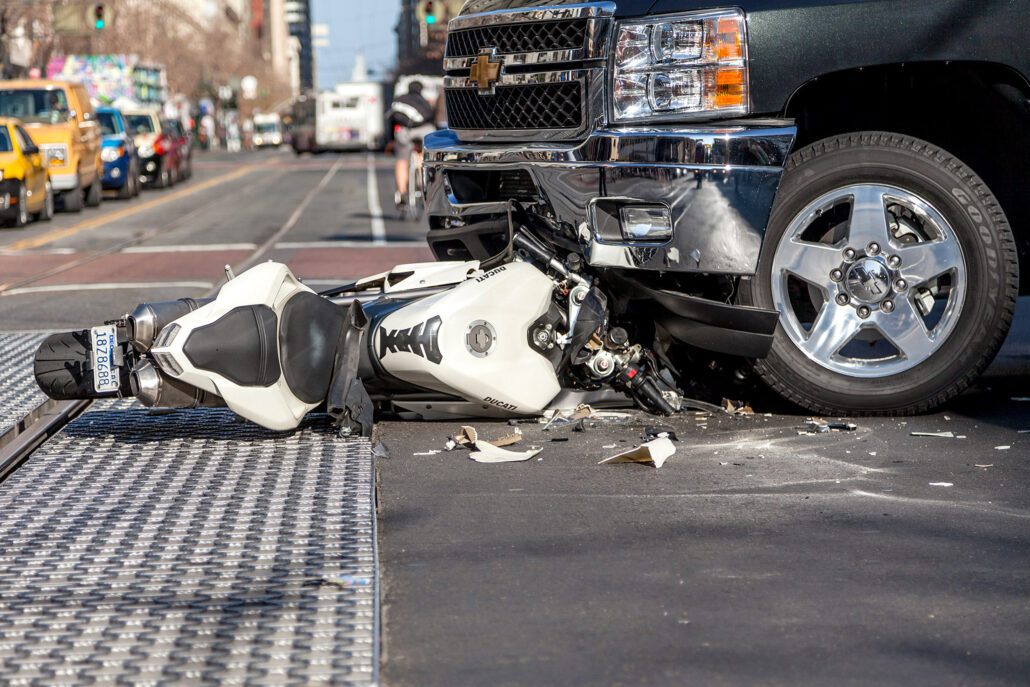AMERICAN MOTORCYCLIST MARCH 2020
What causes motorcycle crashes?
The Role Of The Rider
 By Donald L. Green
By Donald L. Green
When asking a motorcyclist why so many motorcycles are involved in crashes, we hear the generalized excuse that other drivers or “cagers” do not see motorcycles and distracted drivers are the primary cause.
Although both are somewhat true and supported by frequent national safe-driving campaigns, rarely mentioned are the more overlooked and primary causes of motorcycle crashes.
Using the latest information from 2017, as analyzed and published in June 2019 by the National Highway Transportation Safety Administration, I found that the most significant cause of motorcycle crashes seems to be the riding habits and behavior of the motorcyclist.
The crash information is further supported by ongoing research from the Virginia Tech Transportation Institute with the Motorcycle Safety Foundation 100 Motorcyclists Naturalistic Study and has been since 2013 (Oliver, 2016).
Consider the following evidence: 76 percent of two-vehicle crashes involving motorcycles had impacts on the front of the motorcycle.
Only 7 percent of the crash impacts came from the rear.
If we can agree that rear impacts might be the fault of the other following vehicles, then we also must admit to the documented 34 percent of front-end crashes that may very well be the consequence of less than reasonable riding skills instead of other vehicles turning in front of or into motorcycles (documented as 42 percent).
To dive deeper into the information, motorcyclists continually demonstrate that they did not have enough control or space to either slow, stop, see or avoid dangerous everyday traffic situations.
Add this statistical information to the additional 23 percent of motorcycle crashes caused by motorcyclists crashing into fixed objects, and it again spotlights rider control issues.
Motorcyclists must admit to responsibility for the more significant portion of motorcycle crashes (65 percent calculated with NHTSA statistics) occurring away from intersections, emphasizing the need to reexamine why motorcycle crashes happen.
VTTI research correlates the numbers, also reflecting that 65 percent of crashes are related to reasons within the motorcycle operator’s control.
Motorcycling requires good judgment and the ability for a rider to control direction, following distance, speed, braking capabilities and avoidance of hazards.
To decrease crash trends among motorcycles, we can either correct our collective riding behaviors by increasing skill and judgment or wait for restrictive laws enacted to take away riding freedoms.
Rider education courses, like those provided by your state motorcycle program and the Motorcycle Safety Foundation, are a great way to gain skill, get to know other riders and increase practical methods to survive the ride.
Donald L. Green is an AMA Life Member from West Point, N.Y., and a lifelong motorcyclist. He has more than 30 years’ experience in training, experiential learning and organizational management. His background in leadership, organizational change, and quality assurance systems have been critical to his role in rider education.
